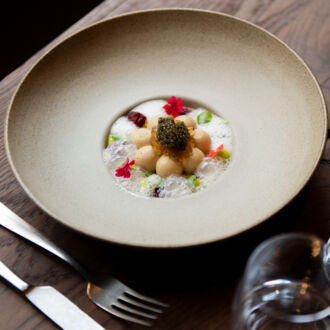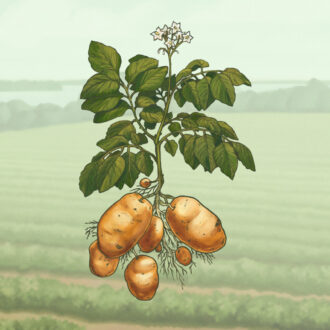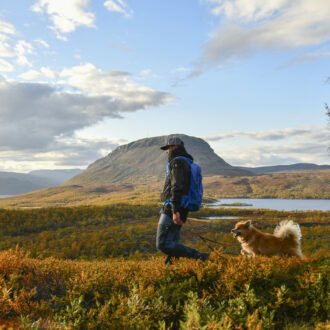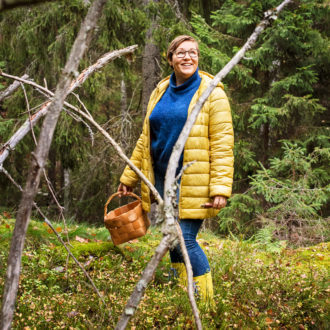In Finland, nature is always close by – even in the capital region. Just a 20-minute metro ride from central Helsinki takes you to Mellunmäki, the world’s northernmost metro station and the gateway to a surprisingly wild landscape. Here, wild herb expert and cook Suvi Metsämansikka introduces us to edible wild plants and explains why they are such great ingredients.
Metsämansikka’s connection to plants goes back to childhood. That early curiosity grew into a lifelong passion, eventually leading her to study wild herbs and share their potential with others.
From spring to autumn
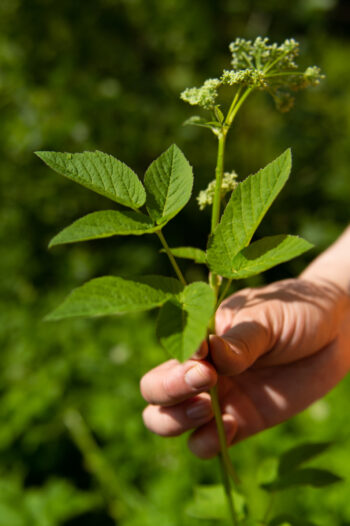
Goutweed (Aegopodium podagraria) has a mild, carrot-like flavour and is best harvested when young. It works well in pestos and salads, but older leaves can still be used in stews. This plant belongs to the umbellifer family, some of which are deadly poisonous, so it is important to learn to identify the plant correctly.
Finland’s nature offers fresh edible plants from spring well into autumn. Soon after the snow melts, shoots start to emerge from the ground.
“The green parts of plants are at their best when young,” Metsämansikka says.
Goutweed and common nettle (Urtica dioica), for example, are most flavourful before they flower.
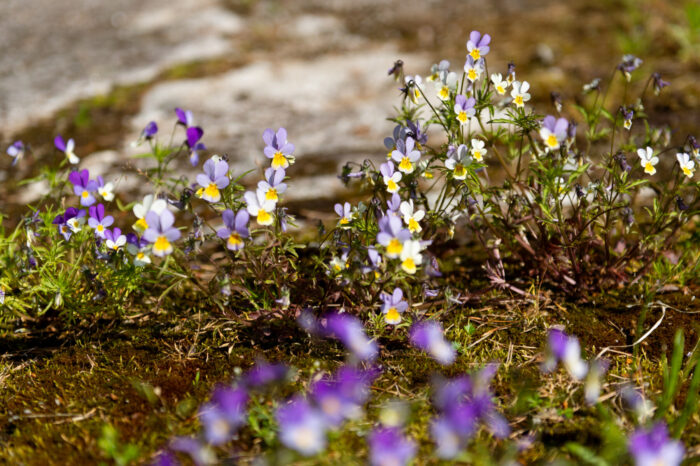
The flowers of Viola tricolor have a mild, vanilla-like taste and are ideal for flavouring sugar for baking.
When wild herbs start to bloom, it’s worth taking advantage of the flower heads. They make beautiful decorations for salads and desserts, and some offer subtle flavour. The flowers of Viola tricolor, for instance, have a hint of vanilla and can be used to flavour sugar for baking.
Other edible blossoms include fireweed or rosebay willowherb (Chamaenerion angustifolium), dandelion (Taraxacum) and wild strawberry (Fragaria vesca).
Later in the summer and into autumn, the berries and seeds are ready to be eaten.
“As autumn approaches, it’s a good idea to gather waybread seeds (Plantago major),” says Metsämansikka. “They make a great addition to breakfast porridge or smoothies.”
Easy to start with nettle and dandelion
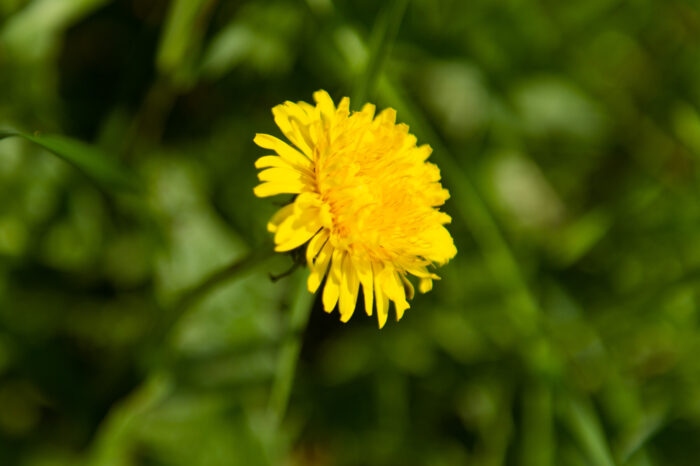
Dandelion (Taraxacum) is a versatile wild herb with a pleasantly bitter taste. It is suitable for salads or can be used to make pesto, biscuits or spread. Its flower buds can be used like capers.
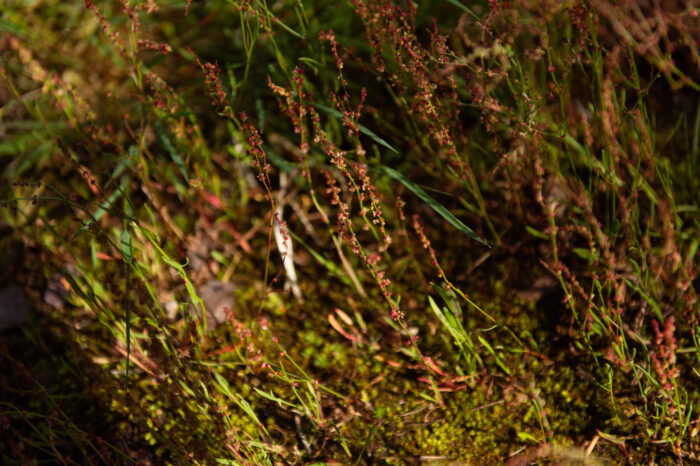
Red sorrel (Rumex acetosa) adds a fresh, tart flavour to salads. Its relative, common sorrel, has an even more lemony taste. Because they contain oxalic acid, it’s a good idea to eat them with a calcium-rich food.
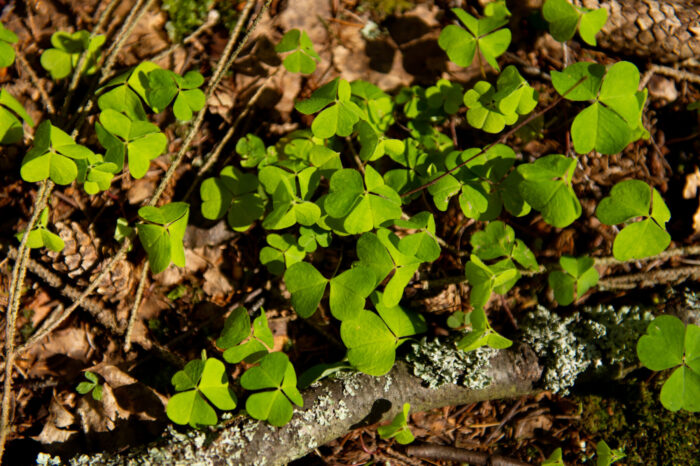
Common wood-sorrel (Oxalis acetosella) grows in shaded forests and has a bright taste. The leaves, stems and flowers are all edible and best used fresh in salads.
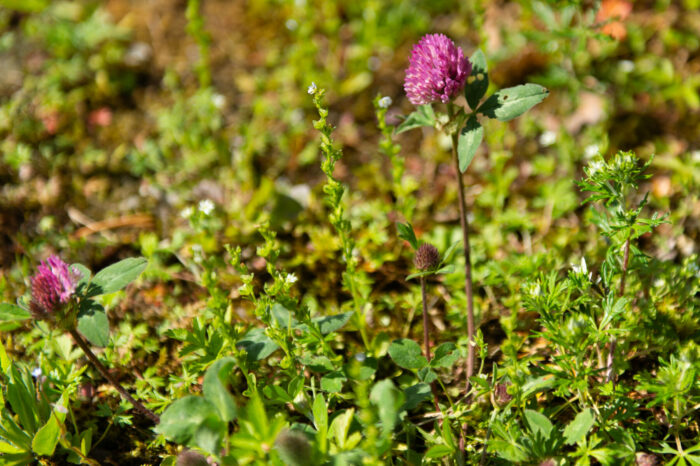
Red clover (Trifolium pratense) leaves add mild, honey-like notes to soups and stews. Before flowering, the leaves are best for cooking; once in bloom, the flowers make a colourful addition to salads.
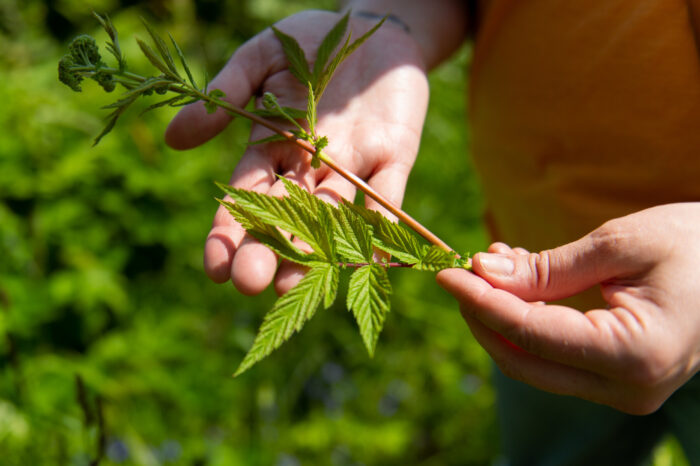
Meadowsweet flowers (Filipendula ulmaria) have a sweet, marzipan-like flavour, perfect for making syrup. The leaves can also be used for tea. However, the plant contains salicylic acid and should be avoided by anyone allergic to aspirin.
When asked about her favourite wild herbs, Suvi Metsämansikka doesn’t hesitate. Dandelion and common nettle top her list.
“They are both very versatile wild herbs, and they are usually abundant and easy to find,” she says. “The dandelion has a nice and bitter taste. The flower heads can be used to make marmalade or syrup, which is like a vegan alternative to honey. You can also make delicious biscuits from the inflorescences or use them as a flavouring for sima [a Finnish May Day drink].”
Common nettle on the other hand, is perfect for soup or pesto. Metsämansikka recommends combining it with other wild herbs like common yarrow (Achillea millefolium) to add depth of flavour. When harvesting nettles, gloves and scissors come in handy, as the plant can sting bare skin. It’s also a good idea to blanch the nettles first – that way, their stinging hairs won’t irritate your mouth.
Metsämansikka reminds foragers that not every wild plant is safe to eat. “It is critical to collect only plants that you are certain to identify correctly,” she says. “Some plants that resemble edible species can be deadly poisonous.”
It’s also important to know how much of a plant is safe to eat and whether it’s suitable for children.
Rules for gathering wild herbs
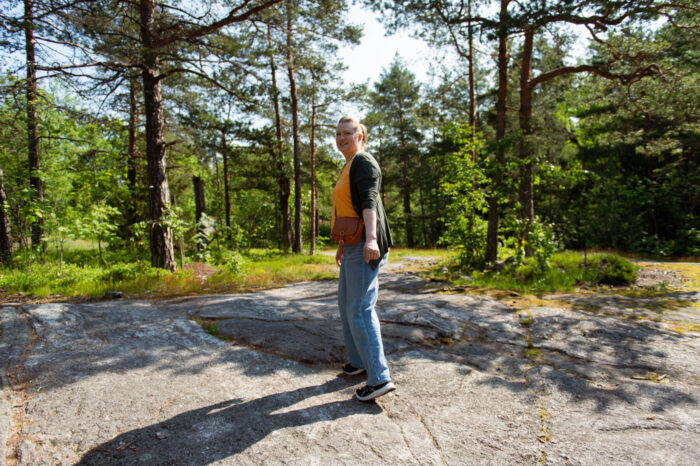
Suvi Metsämansikka enjoys combining hiking with foraging. “Hiking food is easy to prepare at a campfire or with a portable stove,” she says. “If you’re hiking in a national park or other area where foraging is not allowed, you can gather the ingredients for nettle soup on the way to the park or bring them from home.”
In Finland, the right to roam – known as “everyone’s rights” – makes it easy to enjoy nature. These rights allow people to pick wild herbs, berries and mushrooms without needing the landowner’s permission.
“They’re a wonderful part of Finnish life,” says Suvi Metsämansikka. “But it’s still important to know what’s allowed.”
Foraging herbs is not permitted in nature reserves or national parks, although berries and mushrooms may still be gathered in those areas.
Digging up plant roots is never allowed without the landowner’s consent, and the same goes for woody plants, shrubs, and tree parts. For example, blackcurrant leaves can only be picked from your own property or with permission. Some plants are protected by law and cannot be collected at all.
As a general rule, you can only gather the above-ground parts of herbaceous plants.
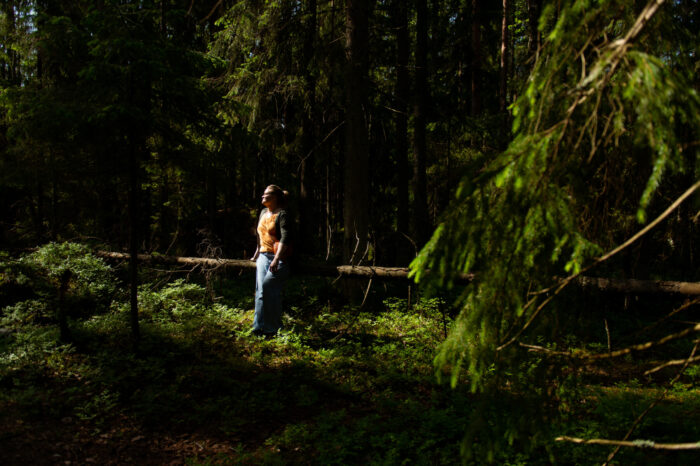
“In addition to being ecological, local and seasonal food, wild herbs are healthy and free nutrition”, Metsämansikka says. “Gathering them and preparing meals with them is also a fun hobby. Being active in nature is also beneficial for mental well-being.”
For best results, collect wild herbs on a dry day, away from busy paths and roads. You may wish to rinse the wild herbs before use, but this is not usually necessary. Most wild herbs can be eaten raw, but some benefit from light cooking or fermentation to bring out the best flavour.
Nettle tea
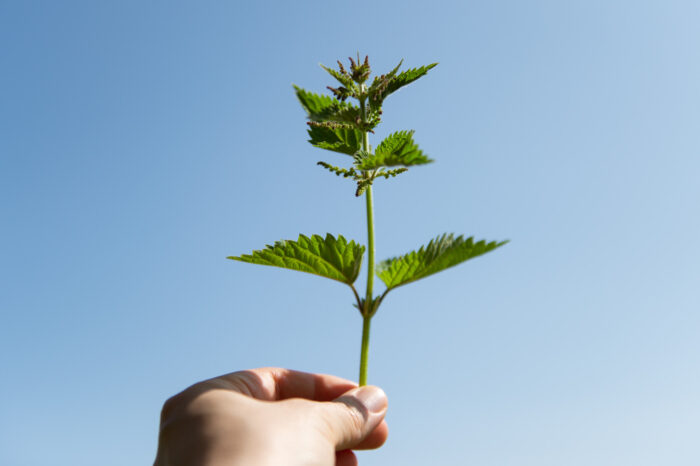
Common nettle (Urtica dioica) is one the most useful wild herbs. Its leaves are ideal for tea, pesto or soup, and the seeds can be used in baking.
For 2 servings
2 dl fresh nettles
0.5 litres of water
2 organic lemon slices
Wash the lemon thoroughly and cut a couple of slices. Place the nettles and lemon slices in a French press. Heat the water to 80°C (180°F) and pour it over the nettles. Steep for 5–15 minutes.
Text by Anttoni Tumanoff, July 2025
Photos by Emilia Kangasluoma
